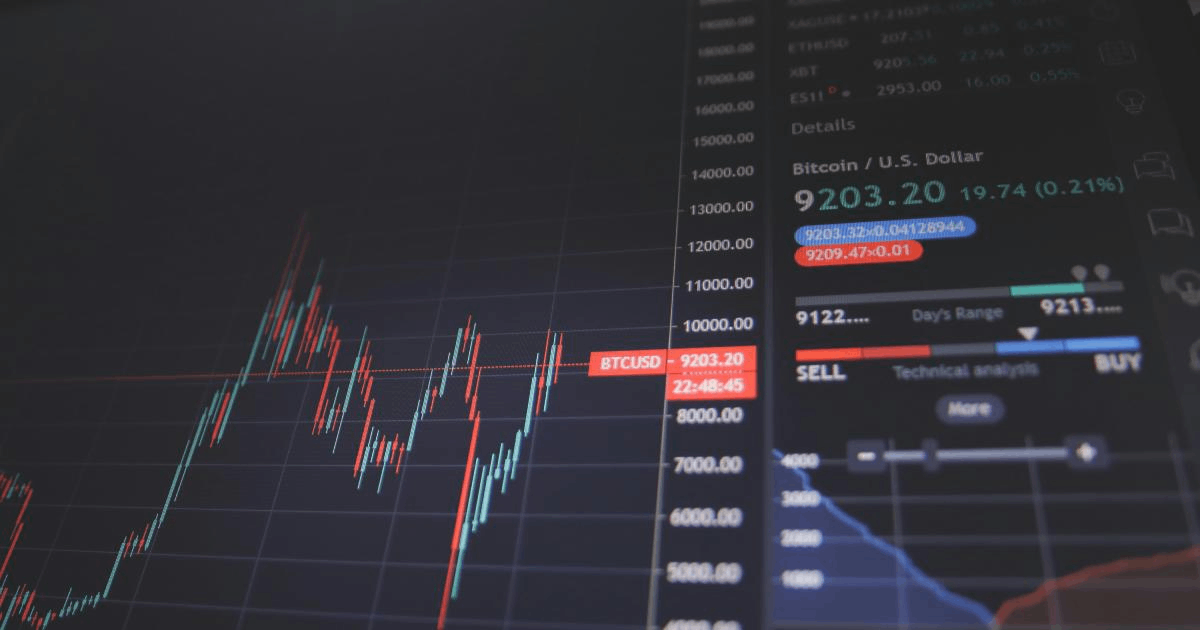
By Lawrence G. McMillan
This article was originally published in The Option Strategist Newsletter Volume 15, No. 7 on April 14, 2006.
Areader question regarding last issue’s feature article indicates that some expansion on the topic might be useful.
Q: In TOS1506, you discussed the use of VIX calls as a hedge for a stock portfolio. However, I can’t see how the example you used of hedging a $1M stock portfolio by purchasing enough calls to be long $100,000 (10%) VIX constitutes an adequate hedge.
If a 10% market correction occurs, the $1M portfolio would have an unrealized loss of $100,000. If VIX rises 15 points (the top of the expected increase in VIX with a 10% correction) and VIX is at 26.5, each call with a 17.5 strike would be worth $900. On a hedge of 57 calls, the value of the hedge is 57 x $900 = $51,300. Subtracting the initial investment of $13,400 (per the example in the TOS article), the gain is only $39,900 – just less than 4% of the stock portfolio’s initial value.
Please explain why this is a valid hedge. Could it be that a hedge as such is incomplete? Am I missing something? – T.N.
A: The use of a 10% VIX hedge comes from the Merrill Lynch study cited in the article, done in 2003. The study concluded 10% was an appropriate hedge – and it is, if you're using $VIX itself.
In this example, however, the $VIX calls are out of the money, so the stock owner is assuming some risk to begin with. $VIX was assumed to be 11.58, so the use of the 17.5 strike means that the hedge doesn’t take effect until $VIX has already risen substantially. It's similar to buying puts for protection, but using a strike that's well out of the money.
On the other hand, if you had bought at-the-money $VIX calls, say the 12.50 strike, then the hedge would take effect almost immediately, although it would cost more. Let’s look at an example, using the 12.5 strike calls:
Example: $VIX = 11.58 Feb (‘07) 12.5 call= 4.00
As before, to determine the number of calls that one must buy, it is first necessary to determine how much of your portfolio to hedge. In this case, we are hedging 10%, or $100,000 of the $1 million stock portfolio.
Then divide that amount by the value of the $VIX striking price, in dollars. # of calls to buy = $100,000/1250 = 80
Since each call costs $400, the total cost of this hedge is $32,000. But if $VIX jumps to 26.5 during a 10% market correction – as suggested in the above question – then these calls would be worth $1,400 each. That’s a profit of $1,000 on each call, or a total hedge profit of $80,000 – 8% of the portfolio.
If $VIX rose just a bit farther – to 29 – each $VIX call would be worth $1,650, and you’d cover the entire loss of your stocks. So it is up to the hedger to decide if he wants to spend the extra money up front ($32K vs. $13.4K) in return for better protection if the market corrects.
This article was originally published in The Option Strategist Newsletter Volume 15, No. 7 on April 14, 2006.
© 2023 The Option Strategist | McMillan Analysis Corporation

